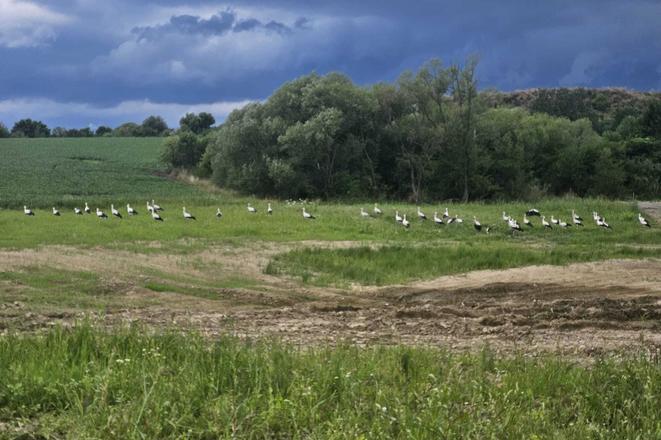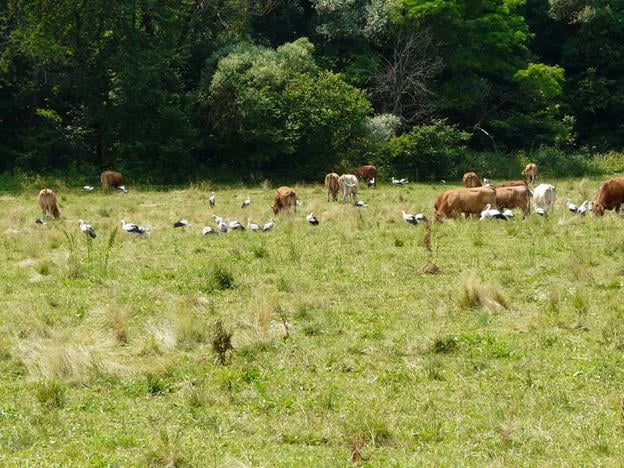This is the time of year when storks gather in groups and prepare to migrate to Africa. In Slovakia, conservationists have observed storks arriving from Germany, Poland, Belarus and even Slovenia.
Nicknamed “garbage storks”, some of these birds no longer head south. Instead, around a dozen prefer to remain near landfills, which provide them with an abundant and reliable source of food, reports Korzár daily.
Such storks have been spotted in several places across eastern Slovakia, including the villages of Jasenov and Ulič, as well as at the Žabany landfill.
“It’s becoming a regular occurrence across Europe. On the one hand, they find food easily and avoid the energy-intensive flights south. On the other hand, we see that even storks from distant places, with nests as far as ten kilometres away, are drawn to landfills,” explains expert Miroslav Fulín, noting that this phenomenon first appeared in Slovakia around five years ago.
This atypical behaviour has raised concerns among specialists about the synanthropisation and potential domestication of a traditionally wild species.
For instance, dozens of storks have already been observed gathering in a meadow near the municipal waste landfill in Humenné, eastern Slovakia.
“There are many rodents, rats and insects around landfills. In the process of synanthropisation, the stork not only attaches itself to human settlements and seeks proximity to people, but also takes advantage of easily accessible sources of food. A landfill is one of these — it is like a pantry,” says environmentalist Anna Macková, adding that the phenomenon is a direct consequence of human activity.
Another example of a landfill colony is found in the village of Teplička, near Spišská Nová Ves. Fulín warns that storks may eventually cease to be considered a truly wild species.
Although “garbage storks” help reduce rodent populations, they face serious risks, including collisions with heavy traffic and uninsulated power lines, which already account for the deaths of dozens of storks in Slovakia each year.


 “Garbage storks” near the town of Humenné, eastern Slovakia. (source: Jana Otriová)
“Garbage storks” near the town of Humenné, eastern Slovakia. (source: Jana Otriová)
 Storks and cows near the village of Habura. (source: Správa CHKO Východné Karpaty)
Storks and cows near the village of Habura. (source: Správa CHKO Východné Karpaty)